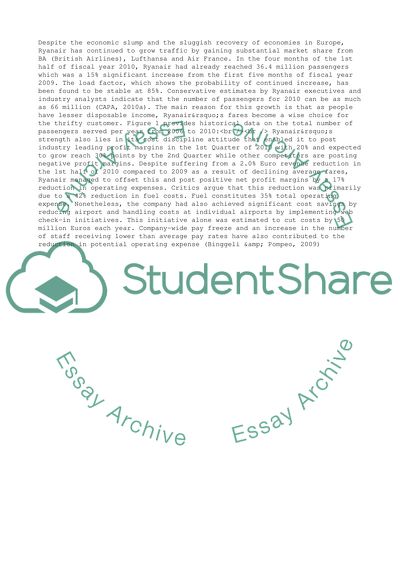Cite this document
(A Business Analysis of Ryanair Case Study Example | Topics and Well Written Essays - 2750 words, n.d.)
A Business Analysis of Ryanair Case Study Example | Topics and Well Written Essays - 2750 words. Retrieved from https://studentshare.org/business/1737227-business-environment-assignment
A Business Analysis of Ryanair Case Study Example | Topics and Well Written Essays - 2750 words. Retrieved from https://studentshare.org/business/1737227-business-environment-assignment
(A Business Analysis of Ryanair Case Study Example | Topics and Well Written Essays - 2750 Words)
A Business Analysis of Ryanair Case Study Example | Topics and Well Written Essays - 2750 Words. https://studentshare.org/business/1737227-business-environment-assignment.
A Business Analysis of Ryanair Case Study Example | Topics and Well Written Essays - 2750 Words. https://studentshare.org/business/1737227-business-environment-assignment.
“A Business Analysis of Ryanair Case Study Example | Topics and Well Written Essays - 2750 Words”. https://studentshare.org/business/1737227-business-environment-assignment.


